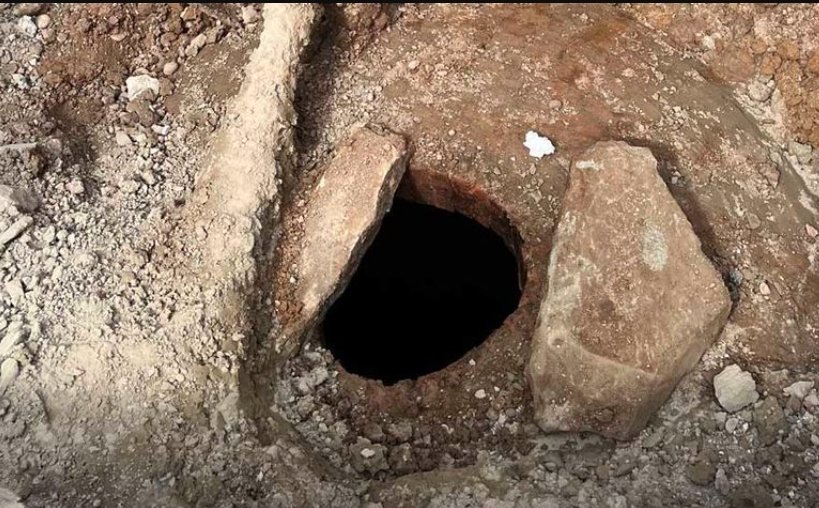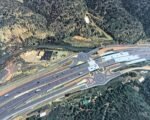During the renovation of the Smithsonian Castle in Washington, D.C., workers uncovered a hidden underground chamber that had been sealed for over a century. This remarkable discovery, a large brick-lined cistern, was originally built in 1847 to collect rainwater. The chamber, measuring nine feet in diameter and 30 feet deep, offers a fascinating glimpse into the early infrastructure of the nation’s capital. The find has sparked interest among historians and the public alike, eager to learn more about this piece of forgotten history.
A Glimpse into the Past
The Smithsonian Castle, an iconic landmark on the National Mall, has been undergoing extensive renovations since February 2023. During these works, construction crews stumbled upon the entrance to the underground chamber beneath Jefferson Drive. The cistern, constructed in 1847, was part of the original drainage system designed to collect and store rainwater. Over time, it was sealed and forgotten, remaining hidden for more than 120 years.
The discovery of the cistern has provided historians with valuable insights into the early engineering practices of the mid-19th century. The chamber’s brick walls, still intact after all these years, showcase the craftsmanship and durability of the period’s construction techniques. This find not only highlights the historical significance of the Smithsonian Castle but also underscores the importance of preserving and studying such structures.

The National Park Service, responsible for the maintenance of the National Mall, has expressed excitement over the discovery. They believe that the cistern offers a unique opportunity to educate the public about the history and development of Washington, D.C. Efforts are now underway to document and preserve the chamber, ensuring that future generations can appreciate this remarkable piece of history.
The Smithsonian Castle’s Rich History
The Smithsonian Castle, officially known as the Smithsonian Institution Building, has a storied history dating back to its construction in 1855. Designed by architect James Renwick Jr., the Castle was built in the English Norman style, featuring red sandstone from Seneca Creek, Maryland. It served as the first headquarters of the Smithsonian Institution, housing exhibition halls, a library, chemical laboratories, and storage areas.
The Castle’s construction was made possible by a generous endowment from British scientist James Smithson, who left his fortune to the United States to establish an institution dedicated to the “increase and diffusion of knowledge.” Since its completion, the Castle has been a central hub for the Smithsonian’s operations and a symbol of its mission to educate and inspire.
Over the years, the Castle has undergone several renovations and expansions to accommodate the growing needs of the Smithsonian Institution. The current revitalization project aims to restore and modernize the building while preserving its historical integrity. The discovery of the underground chamber adds another layer to the Castle’s rich history, offering a tangible connection to its past.
Uncovering Hidden Treasures
The recent discovery of the underground chamber is just one example of the hidden treasures that lie beneath the National Mall. While the cistern is a significant find, it is not the only underground structure in the area. The Smithsonian Castle is connected to several other buildings via a network of tunnels, some of which are still in use today.
These tunnels, originally built for practical purposes such as transporting materials and providing access to utilities, have become part of the Smithsonian’s lore. While some of the tunnels are accessible to staff, others remain off-limits, adding an air of mystery to the institution. The discovery of the cistern has reignited interest in these subterranean passages, prompting further exploration and study.
The National Park Service and the Smithsonian Institution are committed to preserving and sharing these hidden aspects of the National Mall’s history. By uncovering and documenting these underground structures, they hope to provide a more comprehensive understanding of the area’s development and significance. The cistern, now a focal point of this effort, serves as a reminder of the many layers of history waiting to be discovered beneath the surface.













